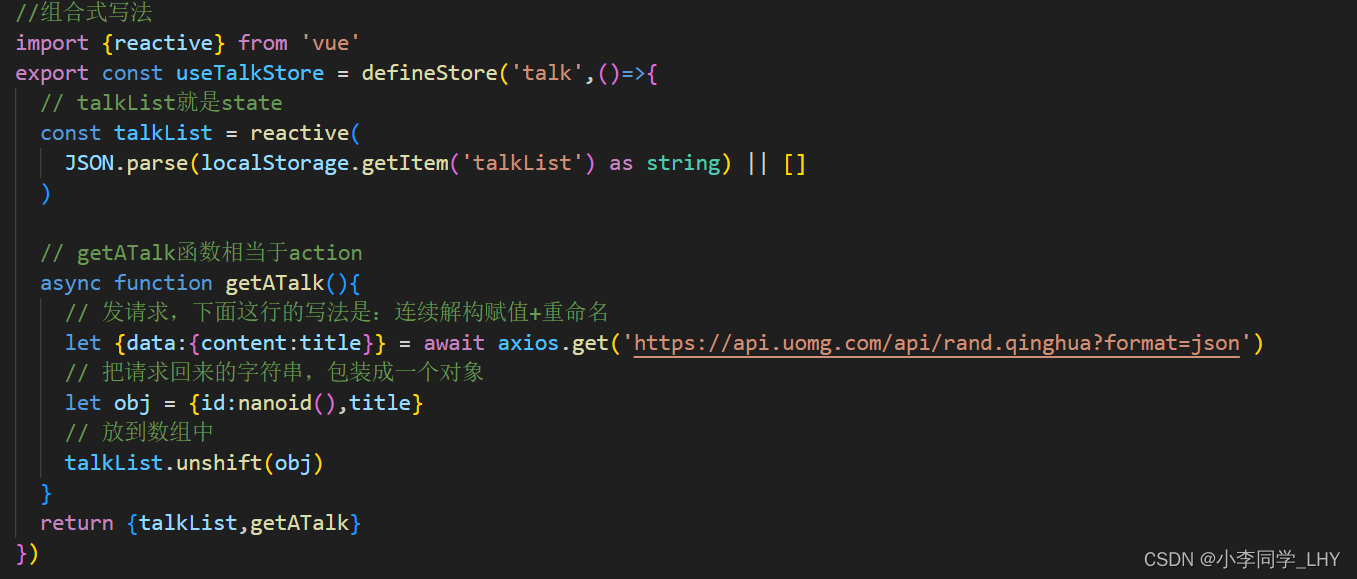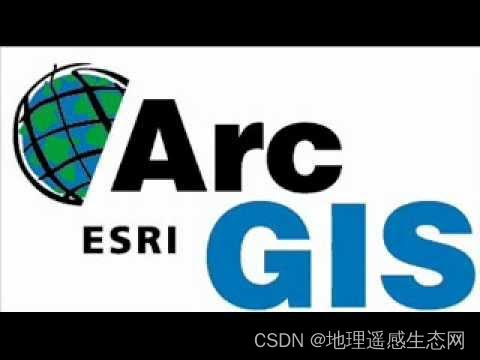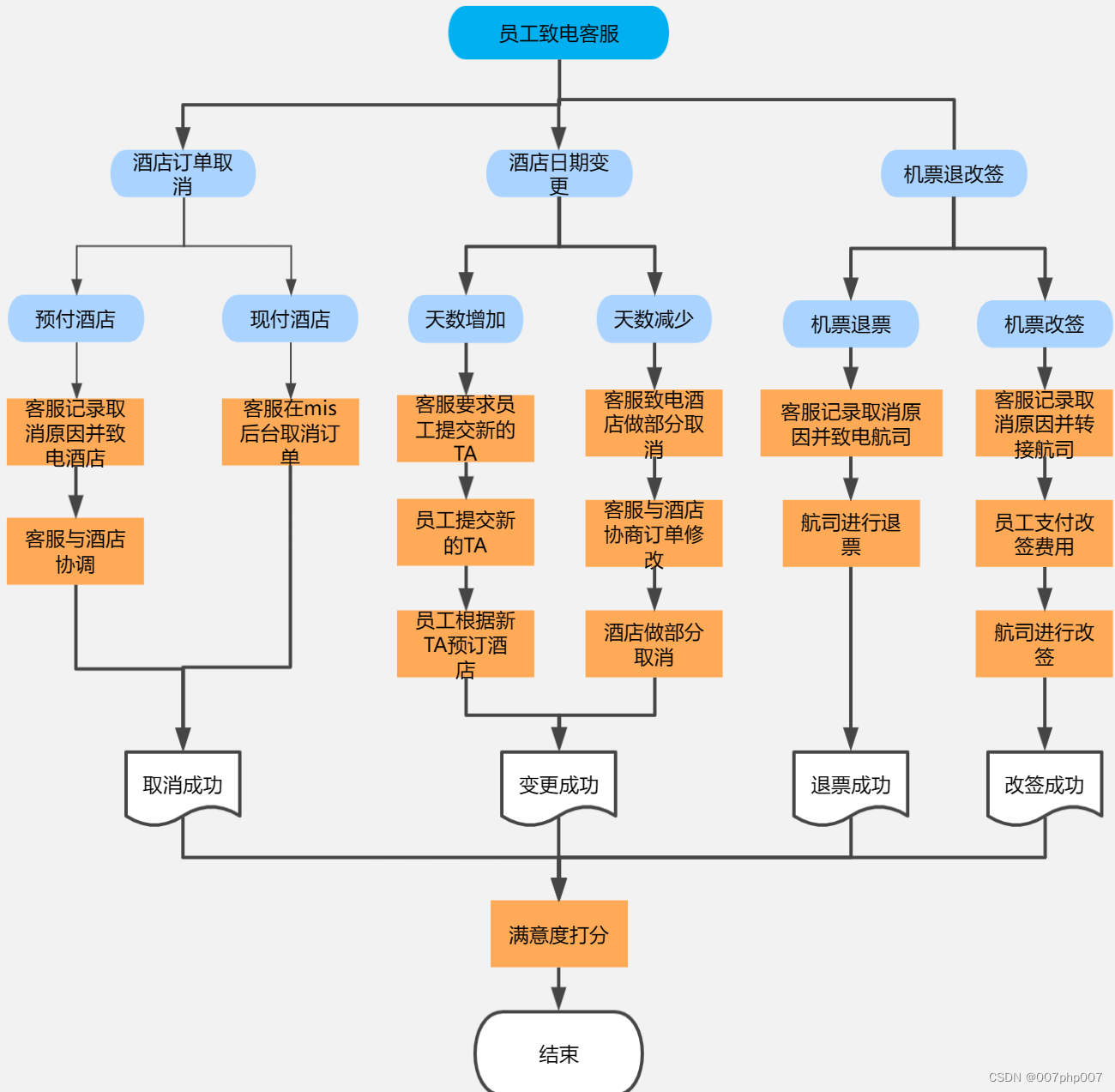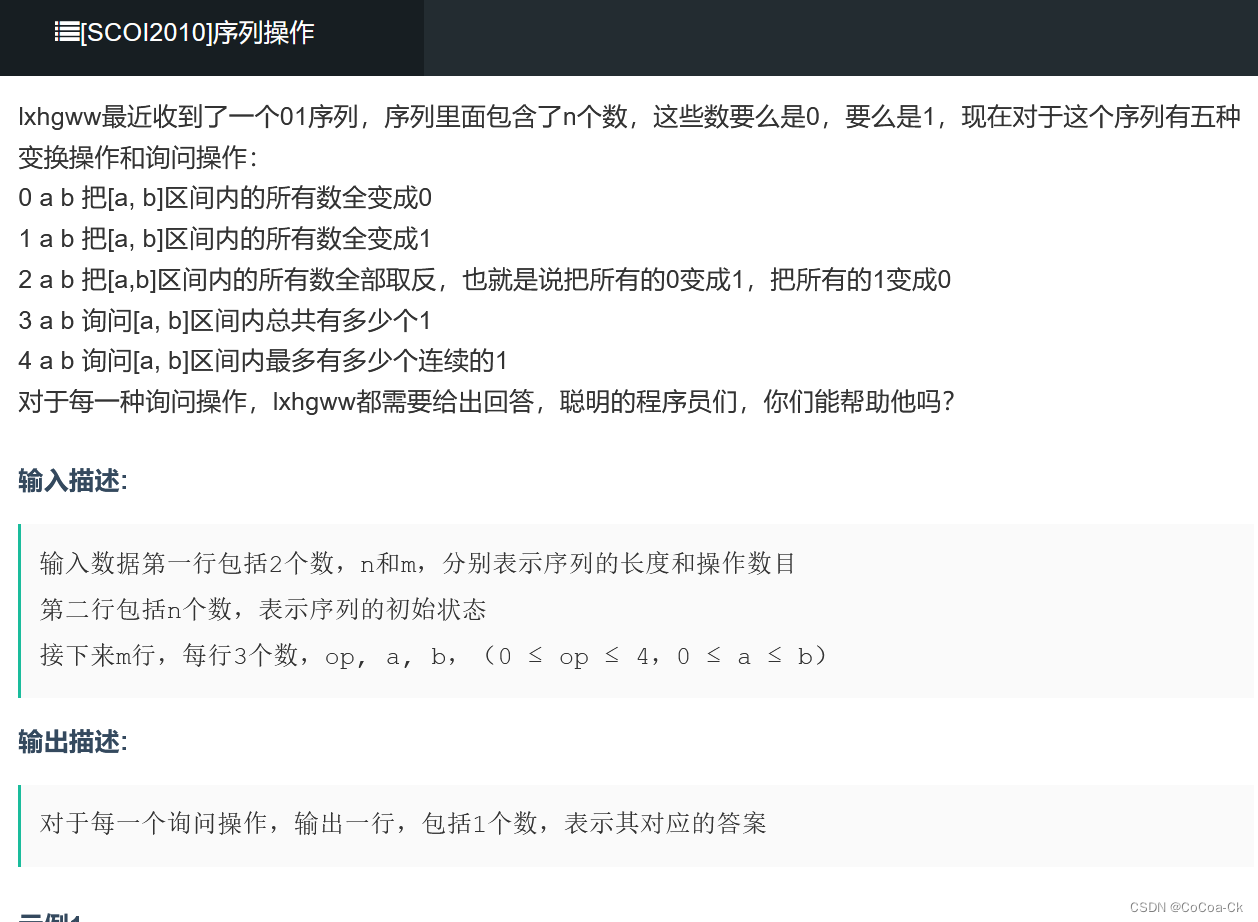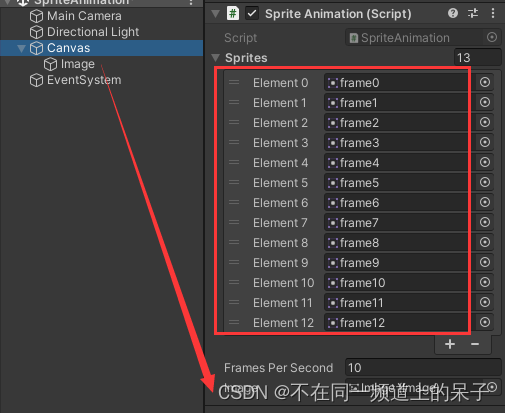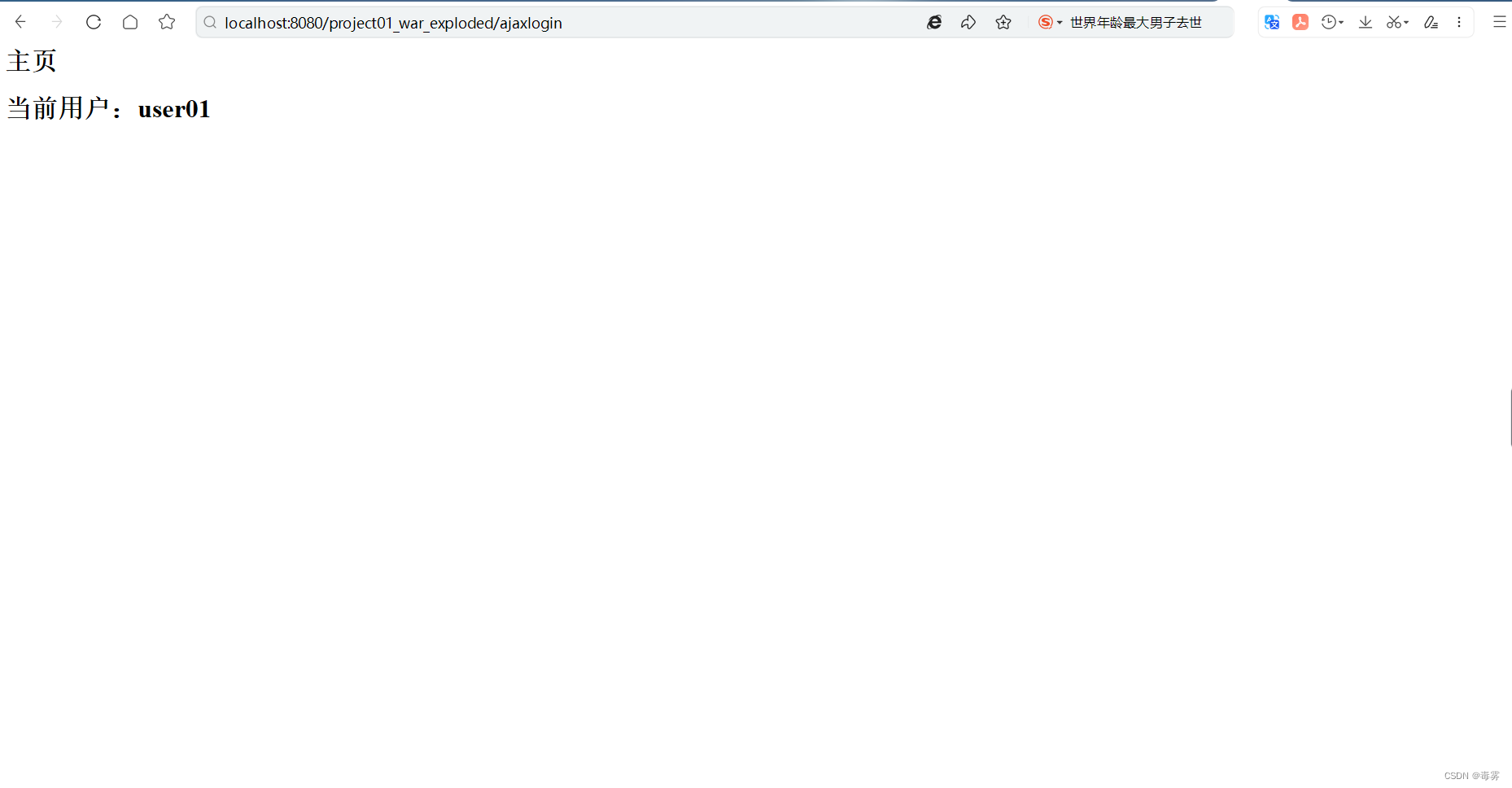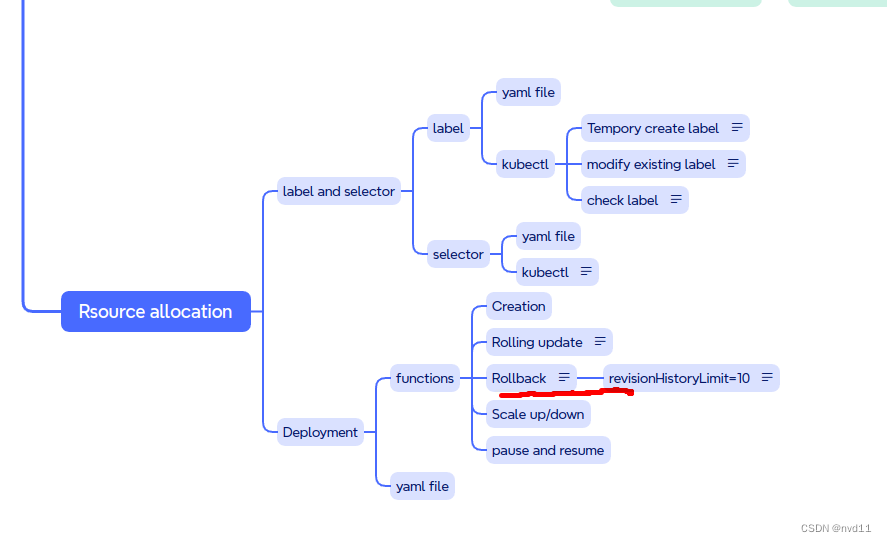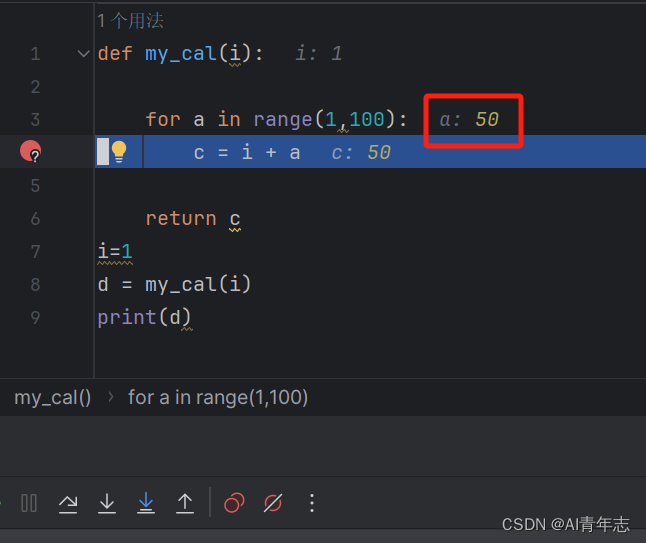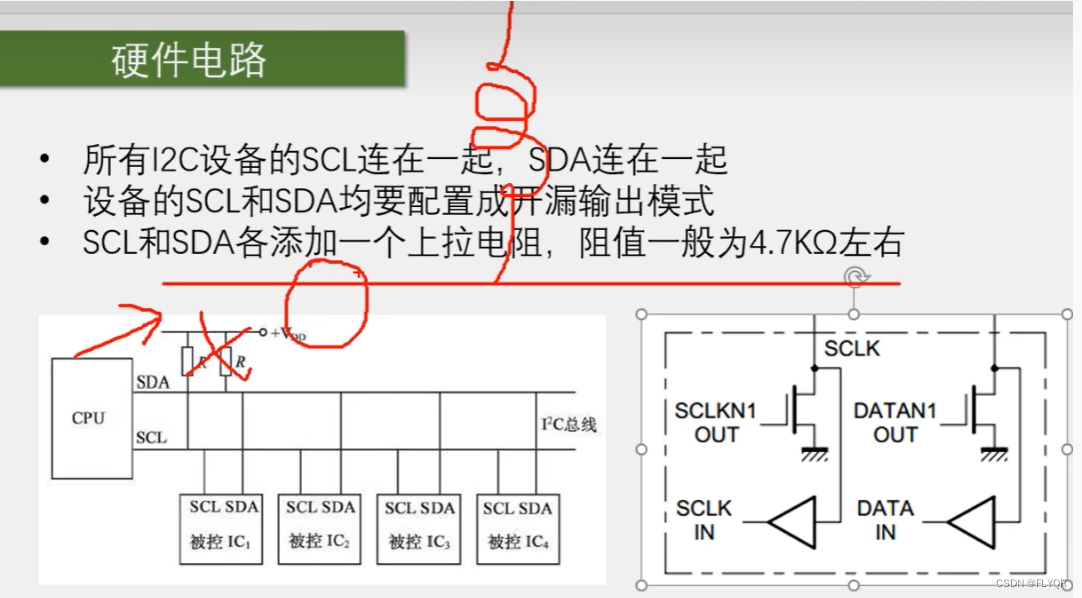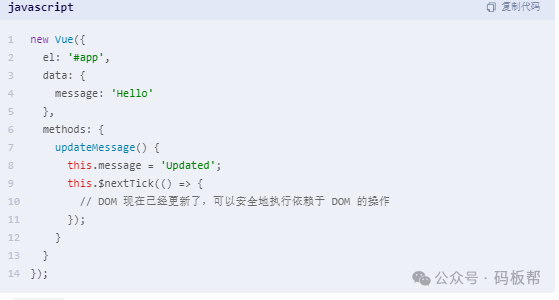示例1
-
前提:
新建一个主类
Demo1。 -
需求:
在一个列表中有三条String的数据,想要使用remove(Object o)删掉其中一条。
-
结果:
remove(Object o)成功把数据删掉。

示例2
-
前提:
新建一个自定义实体类
DataExample和一个主类Demo。 -
需求:
在一个列表中有三条实体类的数据,想要使用remove(Object o)删掉其中一条。
-
结果:
得到失败数据,remove(Object o)根本没有起作用把数据删掉。

public class DataExample {
private final String name;
private int age;
public DataExample(String name,int age) {
this.name=name;
this.age=age;
}
public DataExample(String name) {
this.name = name;
}
public String getName() {
return this.name;
}
void setAge(int age) {
this.age = age;
}
public int getAge() {
return this.age;
}
}
import java.util.ArrayList;
import java.util.List;
public class Demo {
public static void main(String[] args) {
List<DataExample> test1 = new ArrayList<>();
test1.add(new DataExample("1",1));
test1.add(new DataExample("2",2));
test1.add(new DataExample("3",3));
test1.remove(new DataExample("3",3));
for(int i=0;i<test1.size();i++) {
System.out.println(test1.get(i).getName()+":"+test1.get(i).getAge());
}
}
}
通俗易懂知识讲解
以上两个示例都是List删除数据,唯一不同的是列表类型。一个是String,一个是自定义的实体类DataExample。
首先,remove(Object o)删除是需要作比较,也就是equals方法。
因为String已经实现了 equals 方法来比较字符串内容,因此可以直接使用 remove 方法来删除指定的字符串。
但是自定义的实体类DataExample并没有实现自己的 equals 方法,所以 remove 方法也就没有用。
所以一般来说,在新建自定义的实体类之后,会要重写一个属于自己的 equals 方法。
@Override
public boolean equals(Object o) {
if (o == this)
return true;
if (!(o instanceof DataExample))
return false;
DataExample other = (DataExample) o;
if (this.getName() == null ? other.getName() != null : !this.getName().equals(other.getName()))
return false;
if (this.getAge() != other.getAge())
return false;
return true;
}
成功删除

拓展
自定义的实体类需要读的源码:Lombok的@Data注解

官网:https://projectlombok.org/features/Data
在进入项目后这种问题其实不用担心,但是你可以多掌握一点原理。
因为工作中的项目一般会引入Lombok,然后使用注解解决这些繁琐的小问题。


